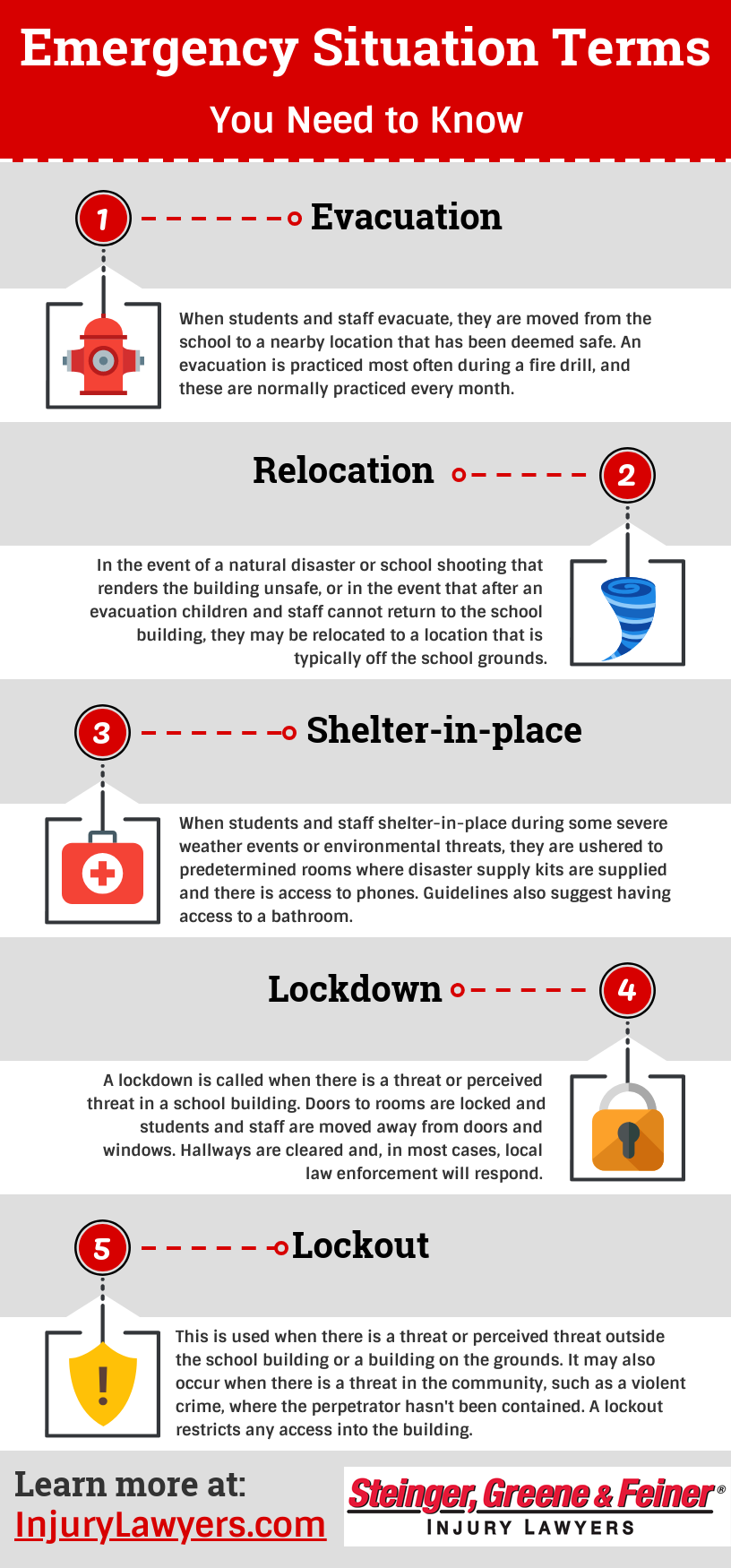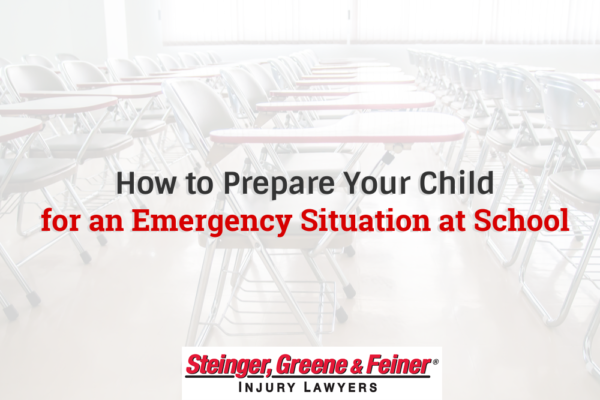FAST FACTS
- 1.75 hurricanes make landfall on the East coast every year.
- 40% of these strike Florida.
- 37 hurricanes have made direct landfall on Florida since 1851.
When you send your child to school in the morning, you do so with the assumption that they will be kept safe. While you can’t sit with your child in class every day, it doesn’t meant that their safety is completely out of your control.
Natural disasters and school shootings may weigh heavily on your mind as you watch your child board the bus or walk through the front doors of their building. Continue reading to discover more about how you can help prepare for your child’s safety at school. These tips can help you help your child.
1. Know the Plan
You are well within your rights to ask the school about their emergency preparedness plans. Understand that there are some plans your child’s school may not share with you out of the interest of safety, but ask for the information they are willing to share.
Ask how often your child will be taking part in safety drills. Find out about the safety procedures that will be discussed with the students.
2. Know the Terms

There are federal guidelines that provide emergency operation plans for schools across the country. Your child may speak with you about drills and lessons when they come home.
Knowing the terms can help you speak to your children and delve deeper into the conversation.
- Evacuation: When students and staff evacuate, they are moved from the school to a nearby location that has been deemed safe. An evacuation is practiced most often during a fire drill, and these are normally practiced every month.
- Relocation: In the event of a natural disaster or school shooting that renders the building unsafe, or in the event that after an evacuation children and staff cannot return to the school building, they may be relocated. Relocation is used to move students and staff to a location that is typically off the school grounds.
- Shelter-in-place: This type of drill is practiced for procedures used during some severe weather events or environmental threats. When students and staff shelter-in-place, they are ushered to predetermined rooms where disaster supply kits are supplied and there is access to phones. Guidelines also suggest having access to a bathroom.
- Lockdown: A lockdown is called when there is a threat or perceived threat in a school building. Doors to rooms are locked and students and staff are moved away from doors and windows. Hallways are cleared and, in most cases, local law enforcement will respond. Students and staff only move when the lockdown is lifted.
- Lockout: This is used when there is a threat or perceived threat outside the school building or a building on the grounds. It may also occur when there is a threat in the community such as a violent crime where the perpetrator hasn’t been contained. A lockout restricts any access into the building and students and staff are typically instructed to limit their movement.
3. Know What You Can Do
Schools do not involve “outsiders,” including parents, in drills for safety reasons. That doesn’t mean, however, that there is nothing you can do. At the beginning of the school year, be sure to talk with your children about the school’s safety plans and ask questions.
Review the correct positions for hurricane and tornado drills at home. Ask your children how they are supposed to behave during a fire drill. Talk to your children about lockdowns in an age-appropriate way and why they may be necessary.
Make sure that you fill out any emergency contact paperwork the school sends home. If your child has unique needs, ask the school if you can supply extra medication in case of an extended emergency, and always keep contact information up to date. Find out about the school’s relocation plans and how you will be expected to respond if there is an actual emergency.
Understand that any kind of a drill may frighten children or cause distress. You can help your child cope with these drills and actual emergencies by speaking with them. Young children should know that schools are normally safe when they are kept secure and that the school is only conducting drills to keep them out of harm’s way. Basic reassurance can help young children.
Kids in upper elementary and middle school grades will typically have more questions when it comes to safety at school and natural disasters. Help them by separating fact from fiction. Have a conversation with your child based on their level of maturity and provide real information.
If you have children in the upper grades, you can typically have very frank conversations with them. Help them understand their responsibility in the school’s safety plan and, again, provide them with factual information.
After the Emergency
If an actual emergency does occur, know that your child may suffer with emotional issues in its aftermath. Some children may be able to overcome these issues by talking with their parents or other trusted adults.
Some children may need professional assistance to deal with their emotions. Don’t hesitate to get your children the help they need.
Our Port St. Lucie Injury Attorneys are Here to Help
While natural disasters and other emergencies are out of the hands of school administrators, it doesn’t mean you don’t have rights as a parent if your child is injured at school. If this happens you need a Port St. Lucie injury lawyer to fight for your rights.
At Steinger, Greene & Feiner, our team is here for you 24/7 and your first consultation will be held at no cost to you. Call our office for immediate assistance.

